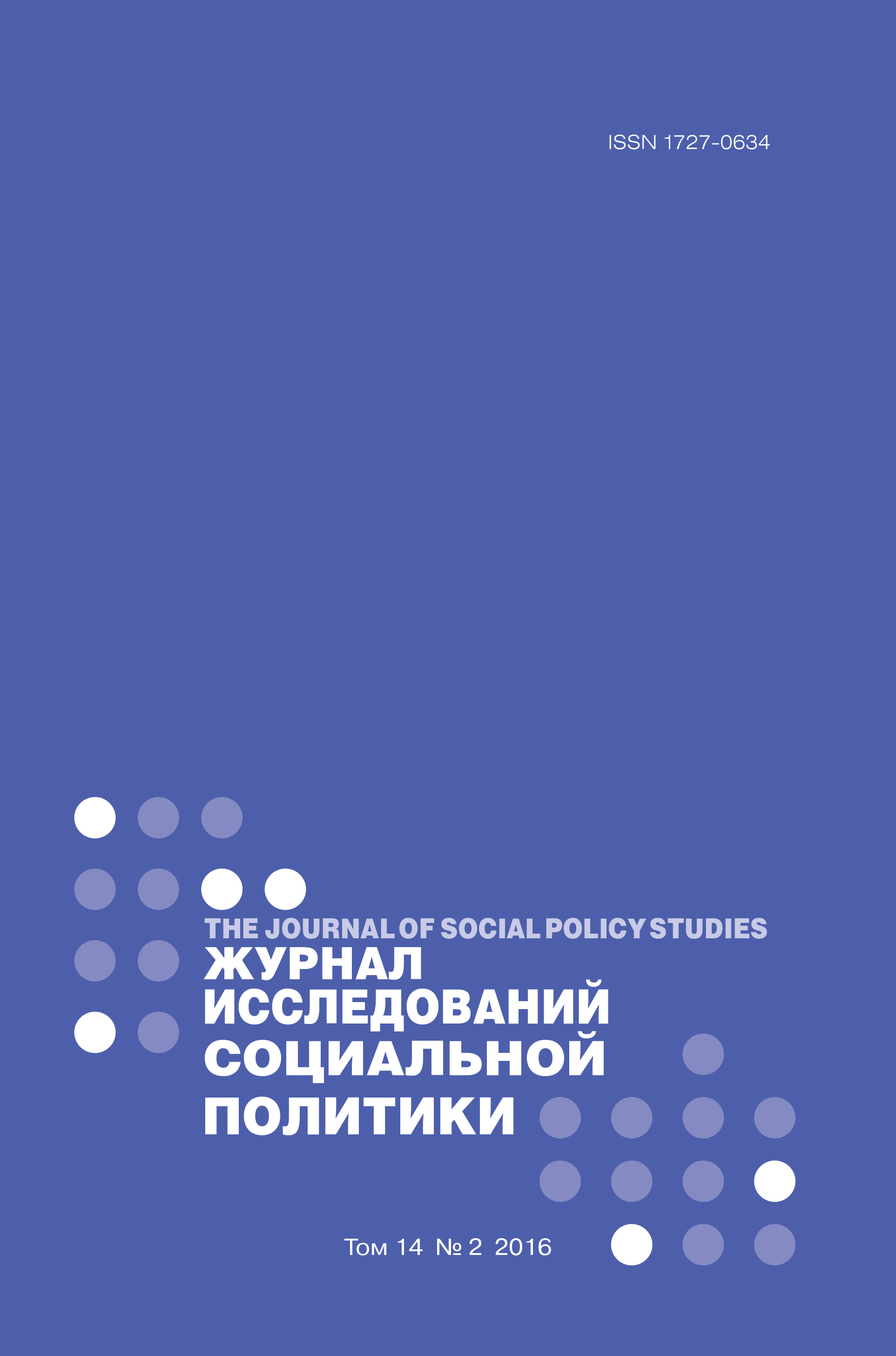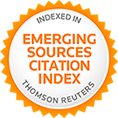Children with Disabilities and their Families’ Status: Evidences from Censuses
Abstract
A shortage of representative data on the national level on the social and economic status of children with disabilities (CWD) and their families became more apparent after Russia ratified the Convention on the Rights of Persons with Disabilities. The number of CWD identified in regular population surveys is not sufficient to allow a comprehensive analysis. Given this situation, population censuses become the main source of data on CWD. Censuses provide a list of current pension beneficiaries on disability. However, as access to this data was opened only recently, it has not been possible to use this information to provide a comparative analysis of the opportunities of CWD and their families. The aim of this article is to analyse the status of CWD and their parents living in private households identified by censuses 2002 and 2010, and to assess the advantages and disadvantages of the censuses data on CWD. Both censuses point at some pronounced inequalities. Parents of the CWD are less educated and less professionally trained. Unemployment among mothers of the CWD is much higher. Finding a job is an issue that is especially acutely felt in rural areas. The percentage of rural families in which both parents are jobless is higher than in urban areas. This makes a personal subsidiary plot highly important for rural families with CWD. Participation of CWD in pre-school and school education rose between the censuses but a gap still persists. CWD live in single-parent families more often than other children. However, CWD are still extraordinarily underestimated in both censuses: more than 50 % of CWD were omitted. This huge discrepancy could point to bias in census estimates and, perhaps, this has led to an exaggeration of the differences revealed between families with CWD and other families with children. This drawback is methodological in nature and due to unclear instructions in classifying pensions by their types. Although these 'state-of-art' statistics on children with disabilities are, in fact, rather poor, we suggest a few simple steps to improve the situation. One of them would be to put the direct question about 'official' disability in the censuses.















